Back to Courses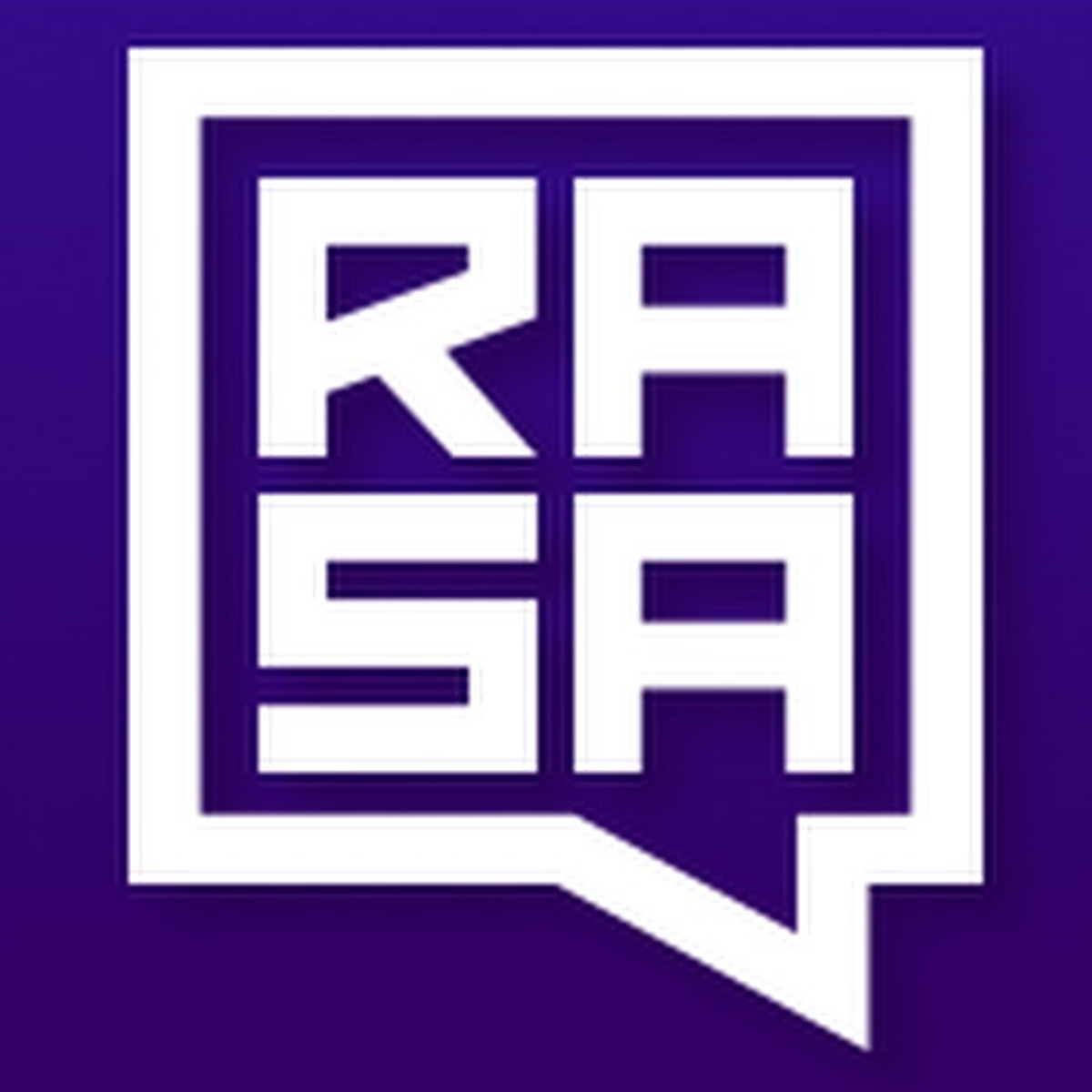

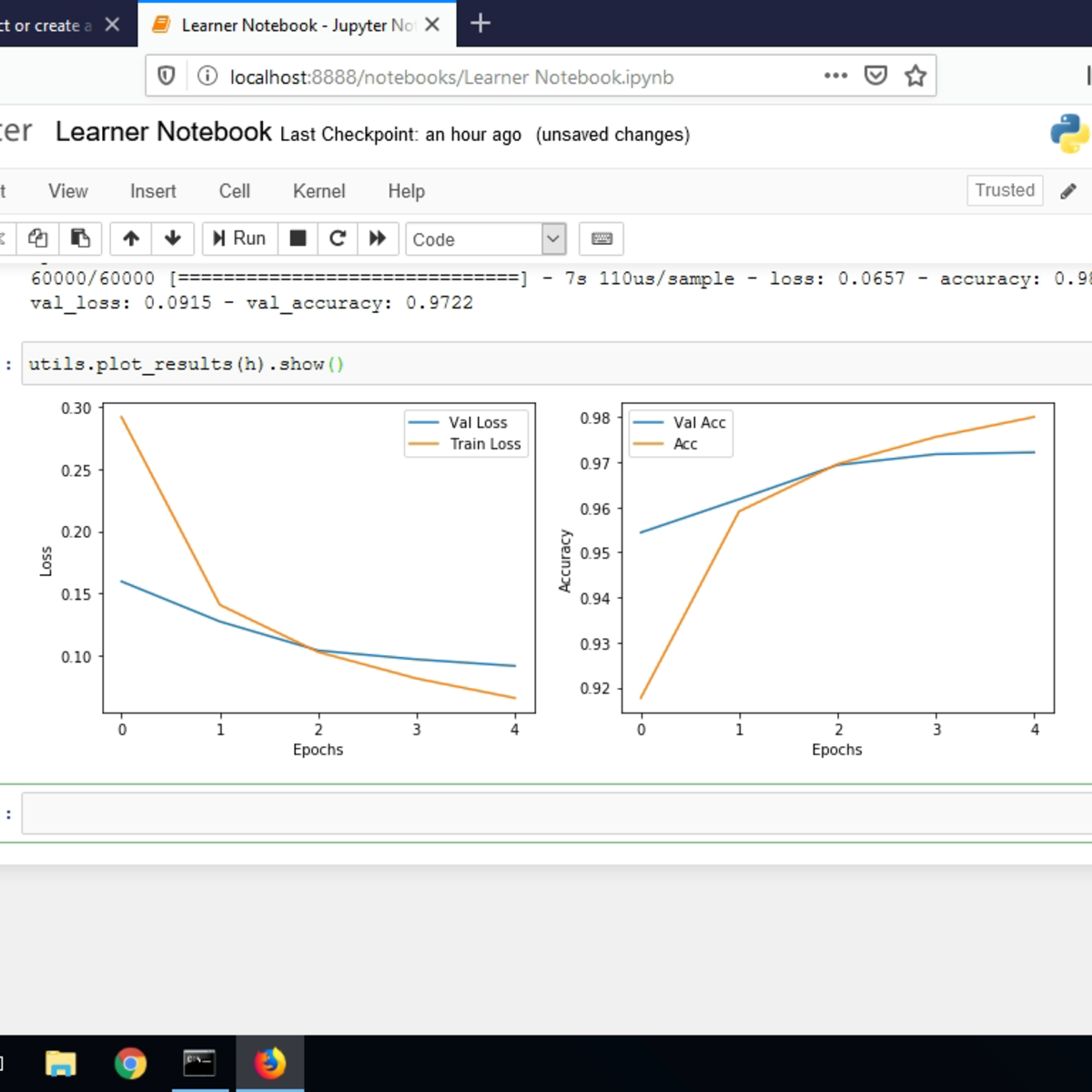


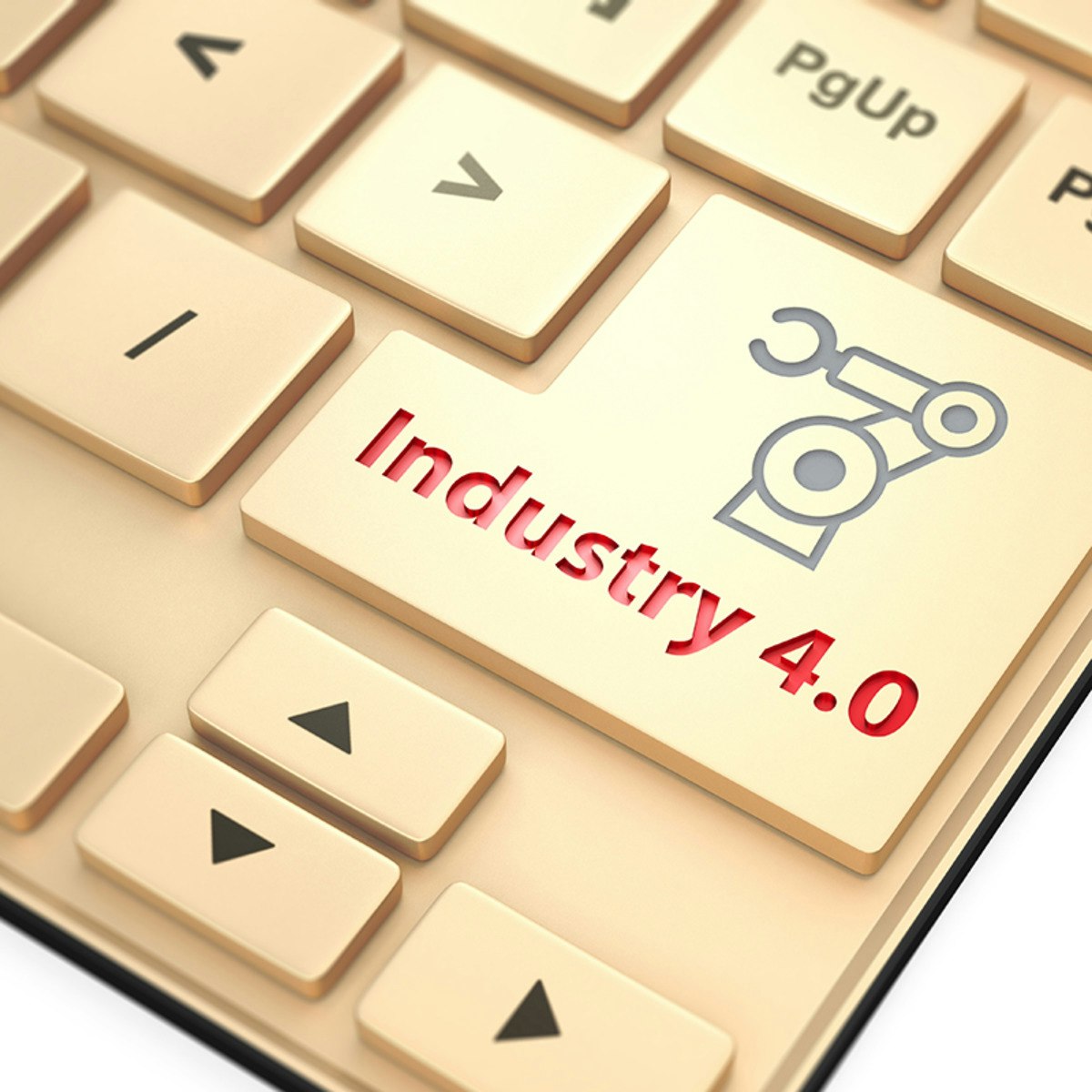
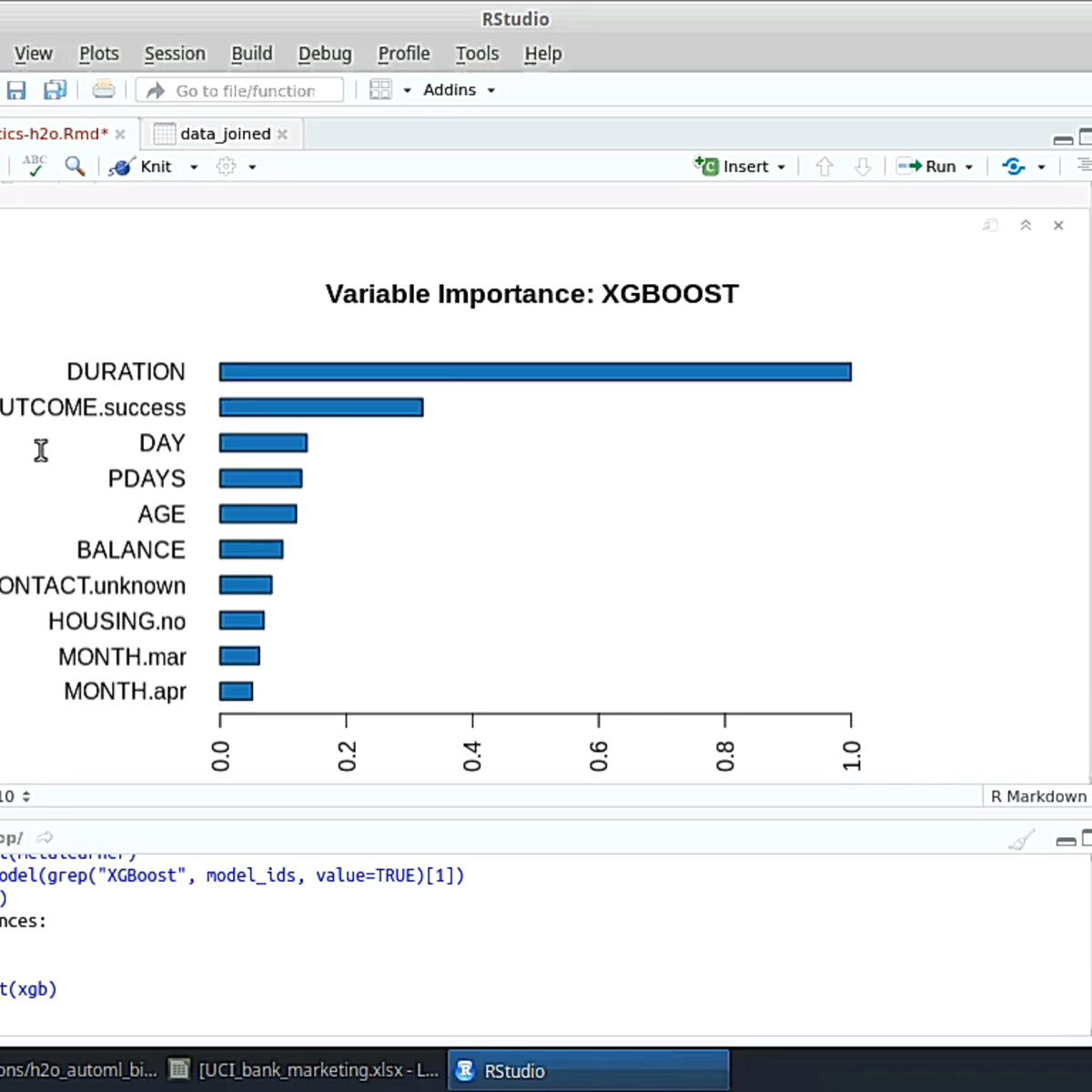

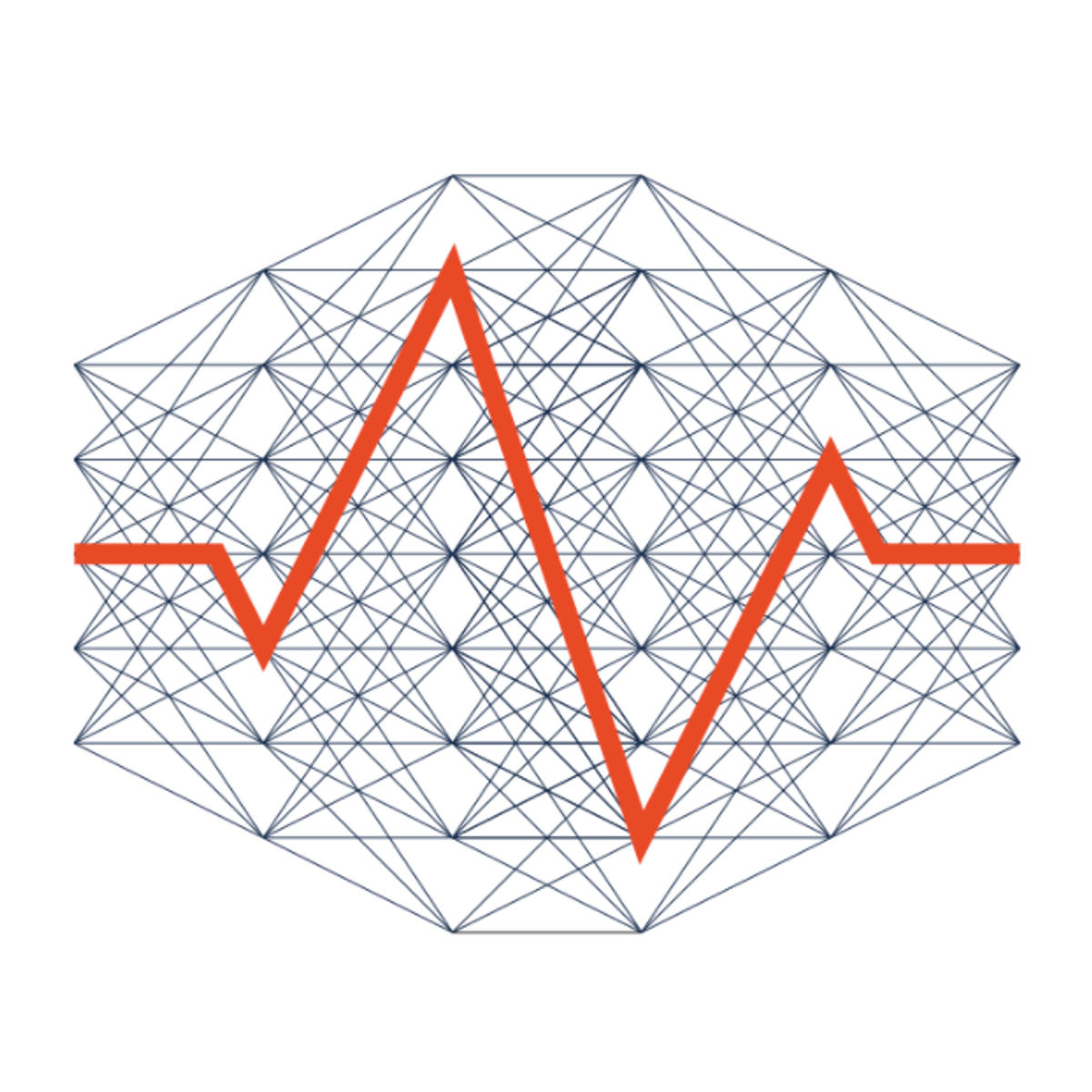

Machine Learning Courses - Page 48
Showing results 471-480 of 485

Introduction to Advance Features in Rasa Chatbot Framework 2
In this 1-hour long project-based course, you will learn how to add advanced features to your Rasa Chatbot. We will look at what's Rasa X, a tool for developing your chatbot. We will look at how we can use Rasa X to interactively train your chatbot and share it with others. We will then look at how to create Forms to collect information for a certain task from the users.
We will look at how to validate inputs received by the Form and look at dynamic and conditional slot mapping. We will then move on to look at what are retrieval intents and how they can be used to handle small talk. Finally we will cover how to add Fallback Actions to handle failures in case the is not confident about the users message.
Note: This course works best for learners who are based in the North America region. We’re currently working on providing the same experience in other regions.

Activity Recognition using Python, Tensorflow and Keras
Note: The rhyme platform currently does not support webcams, so this is not a live project.
This guided project is about human activity recognition using Python,TensorFlow2 and Keras. Human activity recognition comes under the computer vision domain. In this project you will learn how to customize the InceptionNet model using Tensorflow2 and Keras.
While you are watching me code, you will get a cloud desktop with all the required software pre-installed. This will allow you to code along with me. After all, we learn best with active, hands-on learning.
Special Feature:
1.Manually label images.
2. Learn how to use data augmentation normalization.
3. Learn about transfer learning using training the pre-trained model InceptionNet V3 on the data.
Note: This project works best for learners who are based in the North America region. We’re currently working on providing the same experience in other regions.

Create Custom Layers in Keras
In this 1-hour long project-based course, you will learn how to create a custom layer in Keras, and create a model using the custom layer. In this project, we will create a simplified version of a Parametric ReLU layer, and use it in a neural network model. Then we will use the neural network to solve a multi-class classification problem. We will also compare our activation layer with the more commonly used ReLU activation layer.
This course runs on Coursera's hands-on project platform called Rhyme. On Rhyme, you do projects in a hands-on manner in your browser. You will get instant access to pre-configured cloud desktops containing all of the software and data you need for the project. Everything is already set up directly in your Internet browser so you can just focus on learning. For this project, you’ll get instant access to a cloud desktop with (e.g. Python, Jupyter, and Tensorflow) pre-installed.
Prerequisites:
In order to be successful in this project, you should be familiar with python programming, neural networks, and Keras.
Notes:
- You will be able to access the cloud desktop 5 times. However, you will be able to access instructions videos as many times as you want.
- This course works best for learners who are based in the North America region. We’re currently working on providing the same experience in other regions.

Basic Sentiment Analysis with TensorFlow
Welcome to this project-based course on Basic Sentiment Analysis with TensorFlow. In this project, you will learn the basics of using Keras with TensorFlow as its backend and you will learn to use it to solve a basic sentiment analysis problem. By the end of this 2-hour long project, you will have created, trained, and evaluated a Neural Network model that, after the training, will be able to predict movie reviews as either positive or negative reviews - classifying the sentiment of the review text.
Notes:
- This course works best for learners who are based in the North America region. We’re currently working on providing the same experience in other regions.

Interpretable machine learning applications: Part 5
You will be able to use the Aequitas Tool as a tool to measure and detect bias in the outcome of a machine learning prediction model. As a use case, we will be working with the dataset about recidivism, i.e., the likelihood for a former imprisoned person to commit another offence within the first two years, since release from prison. The guided project will be making use of the COMPAS dataset, which already includes predicted as well as actual outcomes. Given also that this technique is largely based on statistical descriptors for measuring bias and fairness, it is very independent from specific Machine Learning (ML) prediction models. In this sense, the project will boost your career not only as a Data Scientists or ML developer, but also as a policy and decision maker.

Roadmap to Success in Digital Manufacturing & Design
Learners will create a roadmap to achieve their own personal goals related to the digital manufacturing and design (DM&D) profession, which will help them leverage relevant opportunities. The culminating project provides a tangible element to include in their professional portfolios that showcases their knowledge of Industry 4.0.
This project is part of the Digital Manufacturing and Design Technology specialization that explores the many facets of manufacturing’s “Fourth Revolution,” aka Industry 4.0. To learn more about the specialization and its courses, please watch the overview video by copying and pasting the following link into your web browser: https://youtu.be/wETK1O9c-CA

Predictive Analytics for Business with H2O in R
This is a hands-on, guided project on Predictive Analytics for Business with H2O in R. By the end of this project, you will be able apply machine learning and predictive analytics to solve a business problem, explain and describe automatic machine learning, perform automatic machine learning (AutoML) with H2O in R. We will take a data-driven approach to predict the success of bank telemarketing.
H2O's AutoML automates the process of training and tuning a large selection of models, allowing the user to focus on other aspects of the data science and machine learning pipeline such as data pre-processing, feature engineering and model deployment.
To successfully complete the project, we recommend that you have prior experience with programming in R, basic machine learning theory, and have trained ML models in R. We will not be exploring how any particular model works nor dive into the math behind them. Instead, we assume you have this foundational knowledge and want to learn to use H2O in R for predictive analytics.
Note: This course works best for learners who are based in the North America region. We’re currently working on providing the same experience in other regions.

Improve Your Java Code Using Amazon CodeGuru
Learn how to use Amazon CodeGuru Reviewer to automatically identify issues and vulnerabilities to improve your code quality with Improve your Python Code using Amazon CodeGuru. This course is designed for Python developers who are interested in learning how to use CodeGuru Reviewer to save time and improve their code review process.
In this course, you’ll learn how to use CodeGuru Reviewer to detect issues and identify recommendations to improve the quality and security of your code. The course demonstrates how CodeGuru Reviewer finds code anomalies and explains how to understand and apply its automated suggestions.
Developed at the source, this new digital course empowers you to learn about Amazon CodeGuru from the experts at AWS whenever, wherever you want. Advance your skills and knowledge to build your future in the AWS Cloud. Enroll today!
Note: There are two versions of this course: "Improve Your Java Code Using Amazon CodeGuru" for Java developers and "Improve Your Python Code Using Amazon CodeGuru" for Python developers. The courses do for a large part, overlap and in general, we recommend that you take the course that focuses on the SDK you plan to use to develop your AWS Cloud based applications.

Deep Learning Methods for Healthcare
This course covers deep learning (DL) methods, healthcare data and applications using DL methods. The courses include activities such as video lectures, self guided programming labs, homework assignments (both written and programming), and a large project.
The first phase of the course will include video lectures on different DL and health applications topics, self-guided labs and multiple homework assignments. In this phase, you will build up your knowledge and experience in developing practical deep learning models on healthcare data. The second phase of the course will be a large project that can lead to a technical report and functioning demo of the deep learning models for addressing some specific healthcare problems. We expect the best projects can potentially lead to scientific publications.

Building Statistical Models in R: Linear Regression
Welcome to this project-based course Building Statistical Models in R: Linear Regression. This is a hands-on project that introduces beginners to the world of statistical modeling. In this project, you will learn the basics of building statistical models in R. We will start this hands-on project by exploring the dataset and creating visualizations for the dataset.
By the end of this 2-hour long project, you will understand how to build and interpret the result of simple linear regression models in R. Also, you will learn how to perform model assessments and check for assumptions using diagnostic plots. By extension, you will learn how to build and interpret the result of a multiple linear regression model.
Note that you do not need to be a data scientist to be successful in this guided project; just a familiarity with basic statistics and R suffice for this project. If you are not familiar with R and want to learn the basics, start with my previous guided project titled “Getting Started with R”. So, taking this project will give the needed requisite to complete this project on Building Statistical Models in R: Linear Regression. However, if you are comfortable using R, please join me on this wonderful and exciting ride! Let’s get our hands dirty!
Popular Internships and Jobs by Categories
Browse
© 2024 BoostGrad | All rights reserved


